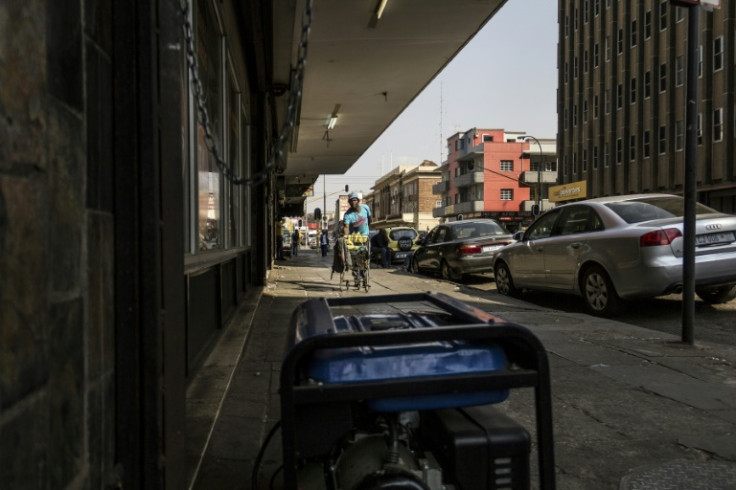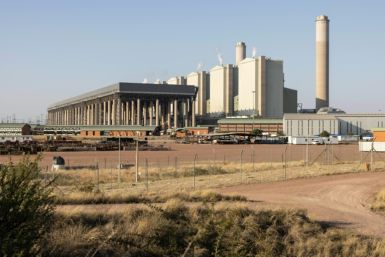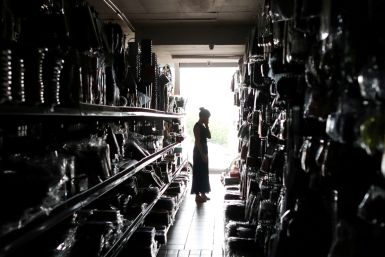Investigation Reveals Methane Gas Caused Johannesburg CBD Explosion

The investigation has revealed that the Johannesburg Central Business District (CBD) explosion last month was caused due to methane gas.
One person was killed and several people were injured in the explosion that also damaged the infrastructure nearby.
During a media briefing on Wednesday, City of Johannesburg City Manager, Floyd Brink disclosed that the blast which happened last month was caused by methane gas, explaining that Methane is lighter than air, so it goes up.
The Johannesburg CBD explosion's footage surfaced on social media on July 20.
The CCTV footage of JOBURG CBD Bree Street explosion has been released. pic.twitter.com/dlQLS4we1a
— Candley Seroba 🇿🇦 (@CandleySeroba) July 20, 2023
"It traveled up all along the service tunnel from an unknown source to the crest of the tunnel near Von Brandis Street," he said, SA News reported.
The city manager noted that there were questions about why there was no fire in this explosion and explained that it was a "low" level of explosion, adding that there is a threshold of 5 percent to 15 percent that causes a blast but if anything above 15 percent creates fire.
Brink shared that the officials flew their drones into those tunnels to check if there were any signs of "black scorch from a fire" but there were no such marks found. Furthermore, he turned down the speculations behind the blast including illegal mining underground or gas leakage.
He noted that the repair work to rehabilitate and reconstruct the area will roughly cost R178 million based on the preliminary designs. As the team moves closer to the design details, the amount might get increased in the future.
"That is preliminary to look at what it will cost us for the road, what it will cost us for any other infrastructure damages, and also to reconstruct that particular tunnel," he added.
Moreover, the City of Johannesburg had already spent around R4 million during the investigation which includes "professional experts, services, the cordoning off of the site, technology" for temporary relief.
"The tunnel designs will be upgraded based on current international codes for tunnels to reduce the risk of severity for these types of explosions," he said. "We will also introduce continuous gas detection, alarms, sensors and monitors for all staff working in the tunnels."
He continued, "As we move forward to reconstruct and to upgrade these particular areas, we would need to upgrade to ensure that we use technology. Our tunnel designs will be based on international relevant standards... that focus specifically on tunnels and explosion prevention with accidental combustible gas release in tunnels and/or cavities."
Brink noted that this work to secure the tunnel won't happen just on Lillian Ngoyi Street, where the explosion took place but also on other streets of the city.
© Copyright 2025 IBTimes ZA. All rights reserved.


















